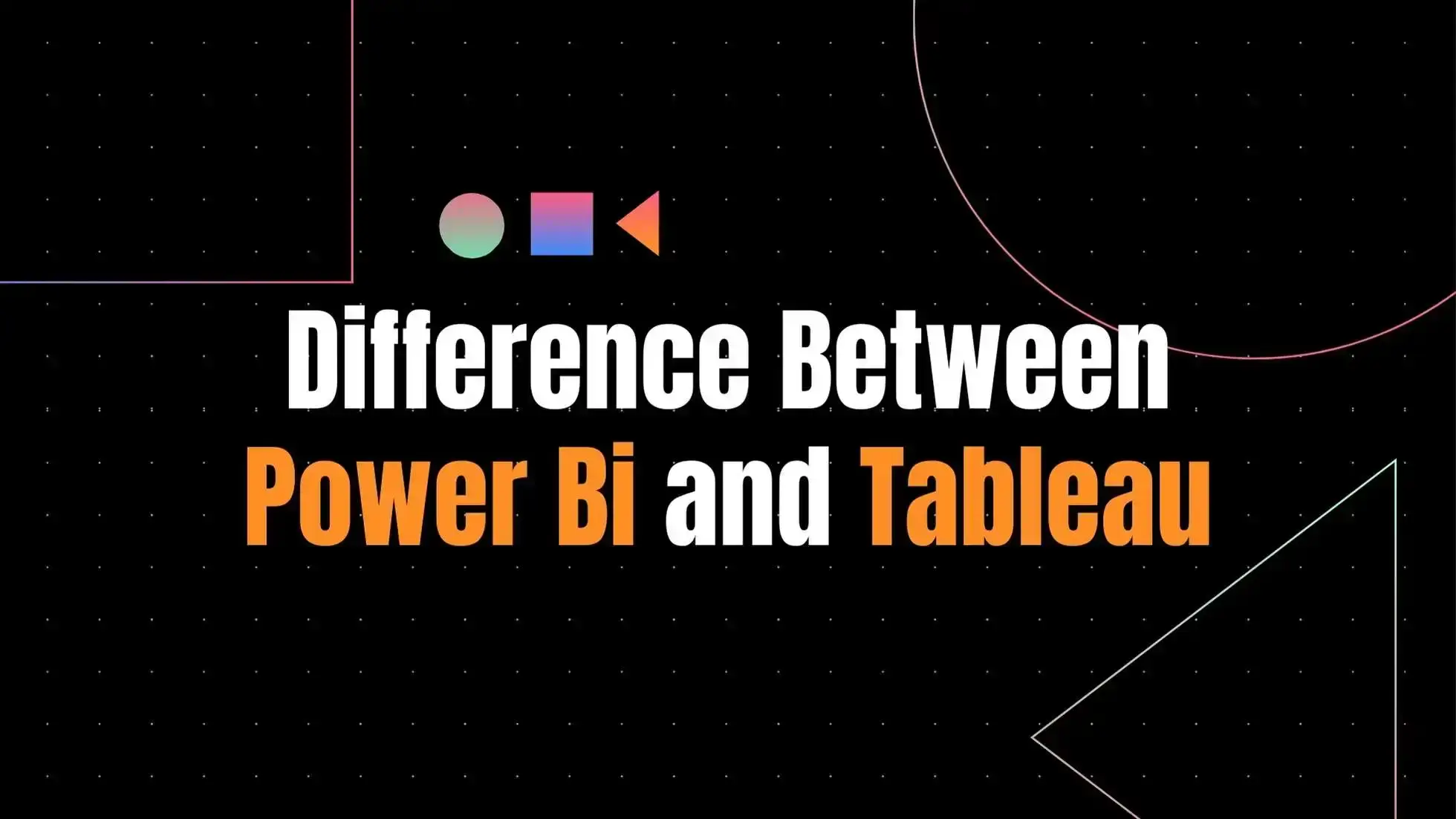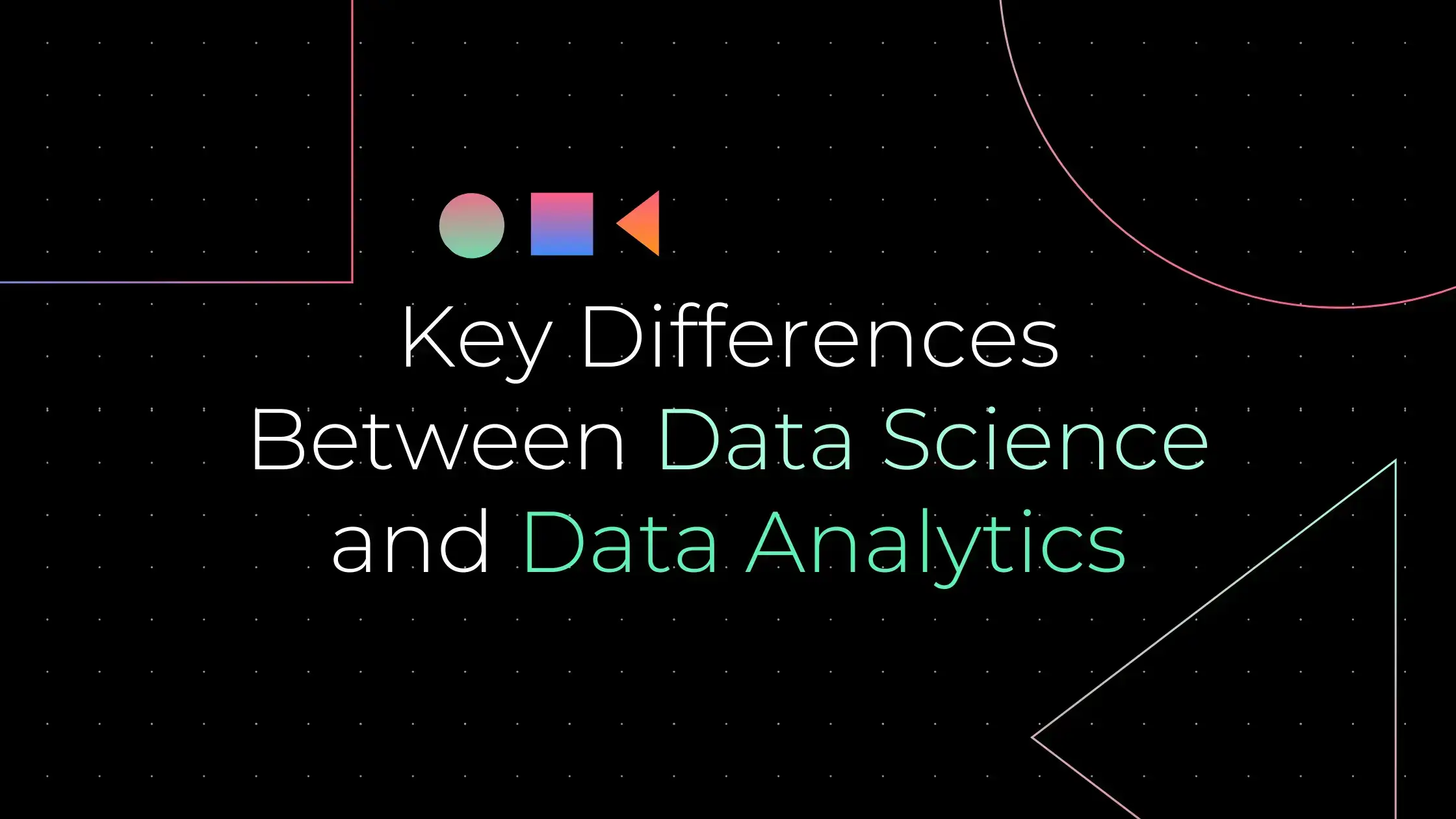
Let’s continue this ongoing series on Python with one more article. We will examine the benefits and drawbacks of Python in this article.
- Python applications
- Benefits of Python
- The drawbacks of Python
- Final observations on the subject
Let’s start!
Applications of Python:
Python can be used to build desktop applets with a GUI.
Developers can create desktop applets with GUI support using libraries like Tkinter, pyQt, and pyGame.
Web servers programming.
programming for web servers.
Backend development for web servers can be done by developers using libraries like Django and Flask.
Prototyping
Python prototyping enables quick and efficient prototyping of any software models so that clients can see them.
Game Creation
Games with GUIs can be created by developers using libraries like PyGame.
Data science and Artificial Intelligence
Python is by far most frequently used for data science and machine learning. Python has made data processing incredibly simple with the help of its vibrant community and extensive library. Python has its own libraries for data manipulation, data visualisation, and data cleaning. If you have data, you must be familiar with Python.
Having learned about Python’s applications so far, let’s move on to this article’s discussion of Python’s benefits and drawbacks.
Benefits of Python
Python has developed into a full-featured software development toolkit thanks to the growing python community and open source libraries.
Powered by a Large and Active Community
Python has one of the most well-known and active communities, which aids in the language’s ongoing improvement. It makes sense that it ranked first on stack overflow.
The open source license under which the Python language is distributed makes it simple for others to contribute to its development.
Learning Circle
Most programming languages have learning curves that grow parabolic over time, making them difficult to grasp at first but simple to learn once you become accustomed to them. However, learning Python is simple due to its simple syntax and brief handwriting.
Moving on from this article on Python’s benefits and drawbacks,
External Libraries
You can install a variety of modules that make Python interactive using the standard Python package installer (PIP). These libraries and modules can communicate using a variety of methods, including operating system calls and internet protocols.
You can use the OS module for system calls that run user-level threads and socket programming for networking.
Compatibility with Other Languages
For cross-platform development, integration libraries like Cython and Jython enable Python to integrate with C/C++ and Java. Given that no language is complete and it is recommended to use a single language for all development, this gives Python even more power. With the help of these libraries, you can take advantage of the strong features that each language has to offer.
Productivity
The developers get a head start with Python’s “batteries included” philosophy because they don’t have to download additional modules and packages. Python’s simple syntax and quick prototyping increase productivity by about 40% when compared to traditional programming languages.
Conclusion
Python is currently the programming language that developers use the most, compared to other programming languages. The crucial advantages of the Python language include its simplicity in learning, checking, and reading. Installing packages and creating software in Python is simpler than in C or C++. Another advantage of Python programming is that since it doesn’t use the concepts of pointers or references, no computer virus can cause a segmentation fault.
The widespread acceptance and use of Python among scientists, engineers, and mathematicians is a significant advantage it has over more established programming languages. Python is so useful for experimentation of all kinds and prototyping because of this.
Python is so useful for experimentation of all kinds and prototyping because of this. Along with being used to create animation for movies, it is also utilised in deep learning and machine learning.
Moving on from this article on Python’s benefits and drawbacks,
Python Disadvantages
The main benefits of Python, a well-liked programming language, have already been discussed. But everyone is aware that a coin has two sides!
Indeed, Python has a number of shortcomings as well, which discourages developers from using it. Let’s examine each one in turn:
Slow footwork
Python uses an interpreter, which loads the file line by line, as opposed to a compiler, which runs the entire file at once. Compilation becomes slower as a result, and it frequently runs slowly. Python is primarily avoided by competitive programmers due to this. Compared to Python, C++ offers more computation per second. Python is not widely used in the development of applications, which is another reason.
Code error detection
Python uses an interpreter, so when a programme is being compiled, errors do not surface. Because Python uses dynamically typed variables, testing is more difficult. All of these errors turned out to be run-time errors, which programmers never want to have. Python is now less useful for developing GUI applets as a result.
Mobile Device Weakness:
Python is used in desktop programmes, web servers, and scripts, among other things. However, because it uses more memory and processes information more slowly than other languages, it is not regarded as being suitable for mobile devices.
Moving on from this article on Python’s benefits and drawbacks,
Large Memory Requirements
When processing, Python uses a lot more memory than other languages like C/C++ because of the way it is designed. Because of this, Python is an absolute no-no for memory-constrained development.
Conclusion:
The language is viewed as a less effective platform for game and mobile app development. Python is frequently used on desktop and servers, but only a small number of mobile packages have seen significant usage. Runtime errors are Python’s only other flaw. The language has numerous design restrictions. Python uses an interpreter rather than a compiler to run, which slows down performance.
Let’s examine the concluding remarks.
Final Observations
Python has a lot of drawbacks, but it is clear that overall, the benefits outweigh the drawbacks by a good margin. Every programming language has a unique strength and niche that attracts developers’ attention. There are specific fields where Python is applied frequently. Although JavaScript is frequently used in fields like web development, Unity or Real Engine are frequently used in the development of video games. Python is used for research, data processing, numeric mathematics, and scripting.
That’s all from my end.
If you thought this article on the “Pros and Cons of Python” was interesting, you might want to check out Our Python Certification Training Course, a reputable provider of online training with more than 25,00 happy Students in Mumbai. This training prepares participants for Python job opportunities by assisting learners in developing their Python scripting skills.
Do you have a query for us? Please Contact Us:-Rise Institute







